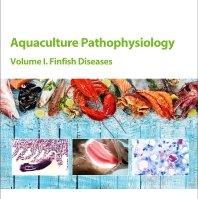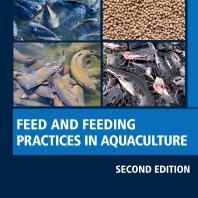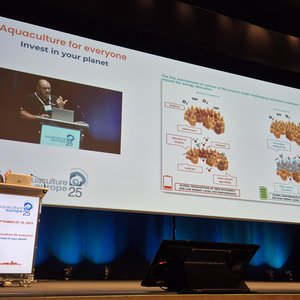The U.S. Food and Drug Administration (FDA) finalized Guidance for Industry (GFI) #245: Hazard Analysis and Risk-Based Preventive Controls for Food for Animals to help animal food facilities subject to the FDA Food Safety Modernization Act (FSMA) Hazard Analysis and Risk-Based Preventive Controls for animal food requirements develop a food safety plan to prevent or significantly minimize hazards that could cause illness or injury to people or animals.
The document provides guidance on:
- How to recognize and evaluate biological, chemical (including radiological), and physical agents that are known or reasonably foreseeable hazards in manufacturing, processing, packing, and holding of animal food.
- Ways to identify and implement preventive controls for hazards that require preventive control in animal food.
- Components of preventive control management (e.g., monitoring, corrective actions, and verification (including validation).
- Recordkeeping requirements associated with the food safety plan and the implementation of the food safety plan.
The FDA released draft GFI #245 in January 2018 and the agency received numerous comments from stakeholders, which were considered when finalizing the guidance.
One of the most notable changes is that, in response to stakeholder feedback, the FDA removed Appendix E: “Aid to Identifying Animal Food Hazards” and clarified that not all the hazard examples in the guidance are applicable to all animal food or all facilities. Facilities should use the hazard information in Chapter 3 of the guidance as they consider whether particular hazards are known or reasonably foreseeable for their animal food.
The FDA also added more information, resources, and examples of certain hazards in animal food, including information on animal food recalls that occurred since the draft guidance was published.
This FSMA guidance provides detailed information to help animal food facilities anticipate possible food safety hazards, identify risk-based preventive controls to prevent or minimize those hazards, and create and implement a plan to keep unsafe animal food from entering the marketplace.
Photo credits: freepik.










